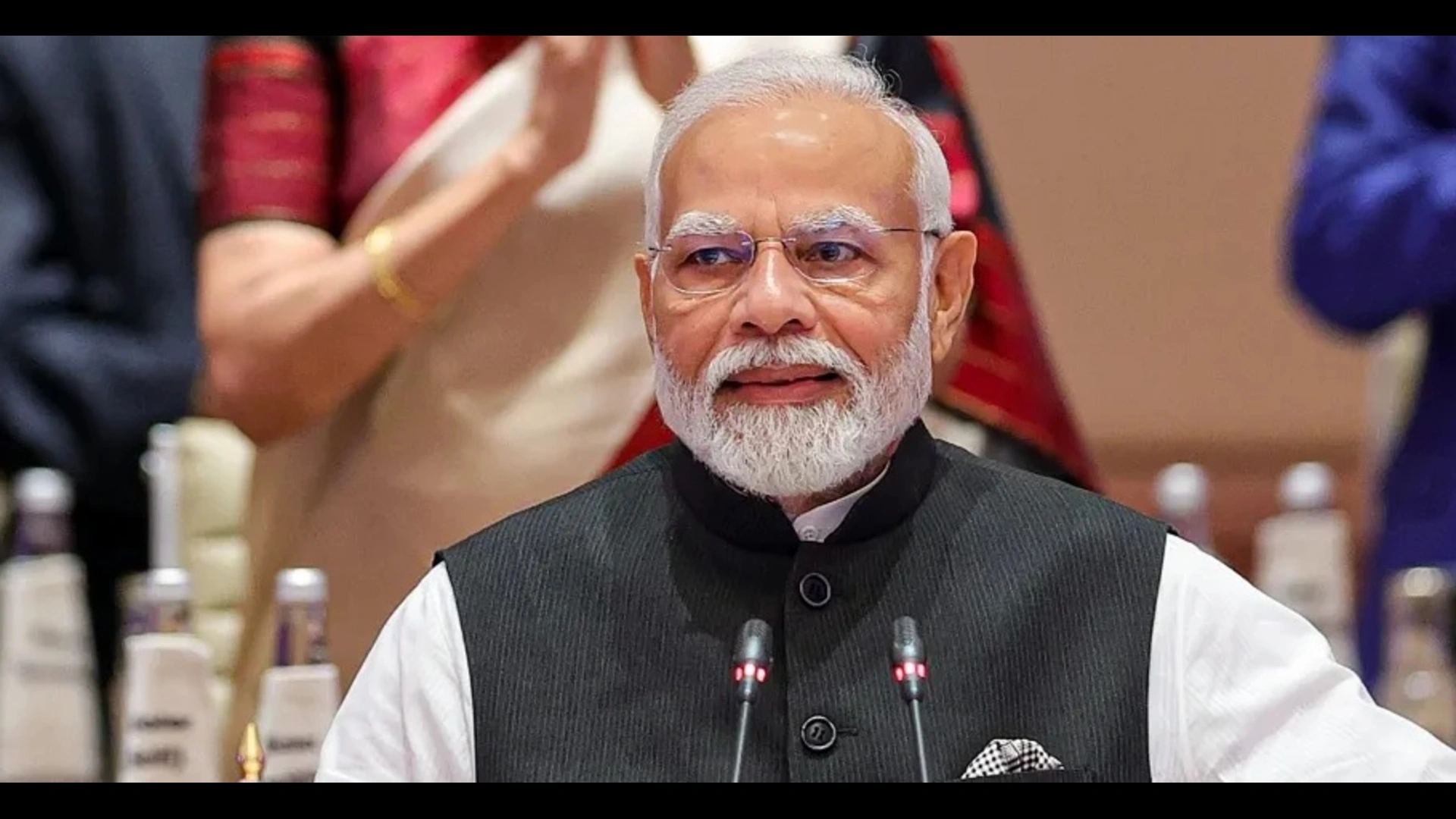Prime Minister Narendra Modi celebrated 23 years in public office on Monday, a period marked by numerous ambitious reforms and initiatives. His tenure has been credited with transformative changes both in Gujarat and across India, particularly in the areas of economic reform, infrastructure, sanitation, and environmental conservation.
From Gujarat CM to India’s PM: A Legacy of Bold Initiatives
Modi’s political journey spans three terms as the Chief Minister of Gujarat and two terms as the Prime Minister of India (now in his third). Throughout his leadership, Modi has driven numerous bold policies and reimagined India’s role on the global stage. His focus on citizen involvement in governance, called Jan Bhagidari, has been key to these reforms, ensuring that development becomes a mass movement, or Jan Andolan.
Transforming Gujarat: The Foundation of Modi’s Leadership
During his time as Gujarat’s CM, Modi tackled significant issues such as water scarcity and power shortages. His governance model, known as the Gujarat Model, prioritized infrastructure, investor-friendly policies, and efficient governance. This model laid the groundwork for his national agenda when he became Prime Minister.
One of the standout achievements in Gujarat was the Sujalam Sufalam Yojana, a water management program that addressed the state’s water issues, turning it from water-scarce to water-surplus. This initiative later inspired the Jal Jeevan Mission, a national project aiming to provide tap water to all rural households by 2024. Similarly, Gujarat’s Jyotigram Yojana, which provided 24-hour electricity to villages, set the stage for the national Saubhagya Scheme.
National-Level Reforms and Digital Push
As Prime Minister, Modi, now 74 years old, has driven numerous reforms to promote self-reliance, rural development, and digital transformation. One of the most significant reforms was the introduction of the Goods and Services Tax (GST) in 2017, which simplified India’s tax system. Modi also launched Make in India in 2014 to make India a global manufacturing hub, although the results have been mixed.
In response to the economic challenges of the COVID-19 pandemic, Modi introduced the Atmanirbhar Bharat (Self-Reliant India) initiative and Production Linked Incentive (PLI) schemes to boost domestic manufacturing. These measures contributed to India’s economic growth, with record highs in GDP and foreign direct investment.
Modi’s Digital India initiative has expanded internet access across the country and revolutionized digital payments with the Unified Payments Interface (UPI). Additionally, the PM Jan Dhan Yojana opened over 533 million bank accounts, improving financial inclusion and lifting millions out of poverty.
Focus on Sanitation and Rural Development
Modi’s push for sanitation reform began with the Swachh Bharat Abhiyan (Clean India Mission), inspired by Gujarat’s Nirmal Gujarat initiative. Under this program, over 116 million toilets have been built across India, and the government has declared all Indian villages open defecation-free.
Rural development initiatives like PM-Kisan Samman Nidhi and the Jal Jeevan Mission have made significant strides in improving the lives of millions of farmers and rural households.
Preserving Heritage While Pushing Development
Modi’s governance philosophy of Vikas Bhi, Virasat Bhi (Development as well as Heritage) has balanced modern development with cultural preservation. This is evident in projects like the Kashi Vishwanath Corridor restoration and the construction of the Ram Mandir.
Environmental conservation has also been a focus, with initiatives like Van Mahotsav and Ek Ped Maa Ke Naam, promoting tree planting across the nation.
Slogans That Reflect Modi’s Vision
Throughout his time in office, Modi has used powerful slogans to encapsulate his vision. His calls for “Sabka Saath, Sabka Vikas, Sabka Vishwas, Sabka Prayas” (Everyone’s support, development, trust, and effort) and “Minimum Government, Maximum Governance” are central to his approach. He envisions India as a Viksit Bharat (Developed India) by 2047, when the country marks 100 years of independence.
Modi’s journey from Gujarat CM to a transformative national leader has been marked by a relentless focus on reform, modernization, and citizen engagement, with a long-term vision for India’s future as a global leader.







